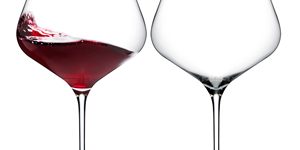Pairing wine with food is an art that can elevate your culinary experiences. In this blog, we’ll explore the principles of wine and food pairing and provide tips for creating harmonious combinations.
Complementary Pairing
Complementary pairing involves matching the wine’s flavors and characteristics with those of the dish. For example, pairing a rich, full-bodied Cabernet Sauvignon with a juicy steak enhances both the wine and the food’s flavors.
Contrasting Pairing
Contrasting pairing involves pairing wines and dishes with opposing characteristics. For instance, pairing a crisp, high-acid Sauvignon Blanc with a creamy pasta dish can create a delightful contrast that cleanses the palate between bites.
Regional Pairing
Consider the wine’s region of origin when pairing it with regional cuisine. For instance, pair an Italian Chianti with classic Italian dishes or a French Bordeaux with traditional French cuisine. Regional pairings often have a natural synergy.
Intensity Matching
Match the intensity of the wine with the intensity of the dish. Light wines like Pinot Grigio pair well with delicate dishes, while robust wines like Syrah complement bold and flavorful dishes.
Consider Sauces and Seasonings
Pay attention to the sauces and seasonings used in a dish. A spicy dish may benefit from a slightly sweet wine to balance the heat, while a creamy sauce may pair well with a wine that has good acidity.
Personal Preference
Ultimately, wine and food pairing is subjective, and personal preference plays a significant role. Experiment with different pairings to discover what works best for your palate. Don’t be afraid to break traditional rules if you find a combination that you enjoy.
In conclusion, wine and food pairing is a delightful exploration of flavors and textures. By considering the principles of complementary, contrasting, regional, and intensity matching, you can enhance your culinary experiences and create memorable dining moments.
















